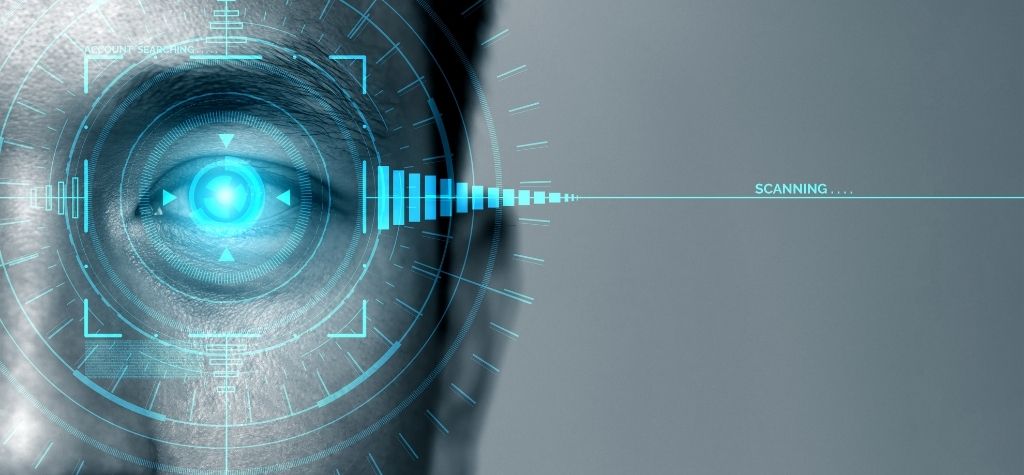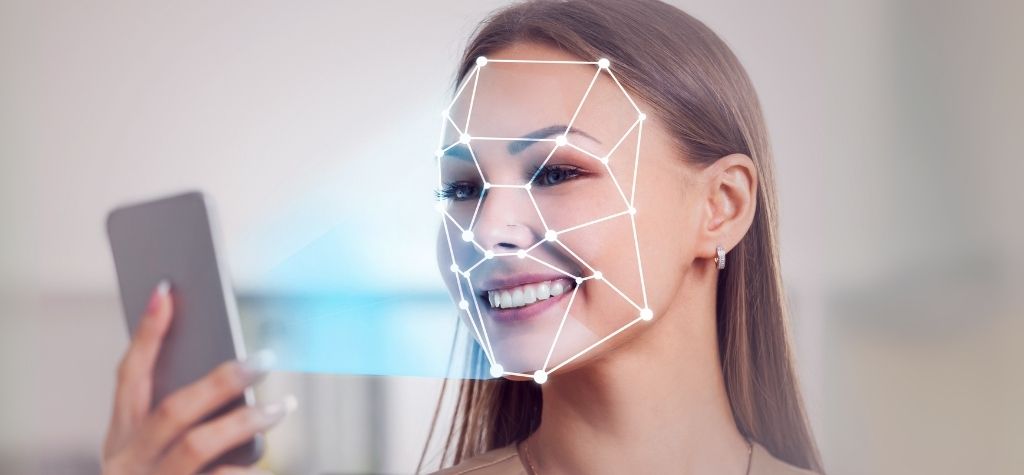In an age where unlocking your phone can be as easy as glancing at the screen, iris recognition has become a hallmark of secure biometric authentication. With every human eye containing a unique pattern, iris scans are hailed as one of the most foolproof identity verification methods in existence. But as artificial intelligence (AI) grows more sophisticated in 2025, questions arise: Can a simple selfie be used to replicate your iris and steal your identity?
This alarming possibility—what some now call “Eye‑Dentity Theft”—underscores the urgent need to understand how AI intersects with biometric security.
The Rise of AI in Biometric Replication

Evolution from Facial Recognition to Iris Cloning
AI’s journey into biometrics began with facial recognition. Over the past decade, systems have evolved from basic image detection to complex algorithms that can recognize individuals across varied angles, lighting, and even through aging. In 2025, this evolution now threatens to breach what was once thought unbreachable—iris recognition.
Deepfake Technology Meets Iris Patterns
Deepfake technology has already demonstrated AI’s power to manipulate facial data convincingly. The same principles—using Generative Adversarial Networks (GANs) to replicate patterns—are now being explored for iris textures. The difference? While facial deepfakes entertain or deceive, iris cloning has the potential to unlock your bank account, bypass airport security, or impersonate you digitally.
Can AI Really Clone an Iris from a Selfie?
How Iris Patterns are Captured and Used
Iris recognition systems use near-infrared imaging to map the intricate patterns in your eye—details invisible to the naked eye but consistent enough to authenticate you uniquely. These systems rely on precise geometry, spatial frequency, and textural analysis to function.
The Role of High-Resolution Images and Selfies
While most selfies lack the resolution and angle needed for professional-grade iris scans, AI doesn’t always need perfection. In 2025, high-end smartphones can produce detailed images under optimal lighting. Combine that with AI’s capacity to enhance images, fill in gaps, and simulate missing data, and suddenly even a well-lit selfie could be a threat vector.
Real-World Experiments and Research in 2025
Major Research Institutions’ Findings
MIT’s Computer Vision Lab recently demonstrated that AI could reconstruct plausible iris patterns from HD images using machine learning. Meanwhile, Stanford researchers published findings showing a 74% success rate in spoofing test iris scanners with AI-generated eye textures.
Known AI Systems That Attempt Iris Cloning
AI platforms like IriSynth, BioGenNet, and GAN-Eye are being studied for their capacity to simulate eye features. While originally built for research or accessibility purposes, these tools are being scrutinized for their potential misuse.
Potential Risks and Real Threats in 2025

‘Eye‑Dentity Theft’ and Its Implications
The term ‘Eye‑Dentity Theft’ refers to the act of stealing or simulating someone’s iris pattern using digital tools, especially AI. Unlike password theft or credit card fraud, this is more sinister—it’s a breach of you.
Biometric Spoofing vs. Traditional Hacking
Traditional hacking relies on breaching databases. Biometric spoofing doesn’t need a password file; it only needs your image. It’s a form of attack that’s harder to detect, impossible to reverse, and uniquely personal.
Protective Measures Against Iris Cloning
What Users Can Do: From Privacy Settings to Physical Barriers
Here are some practical tips:
- Avoid posting high-res selfies with visible eyes.
- Use privacy screen protectors and secure apps with multi-factor authentication.
- Opt for biometric systems that use liveness detection to distinguish real eyes from images.
Role of Tech Giants and Governments in Biometric Security
Apple, Samsung, and Google are integrating AI-based liveness checks in biometric systems. Meanwhile, governments in the EU and Asia are introducing biometric protection laws, mandating companies to encrypt and anonymize biometric data.
The Future of Biometric Authentication Beyond 2025

Emerging Alternatives to Iris Recognition
To combat cloning threats, researchers are exploring:
- Voiceprints
- Behavioral Biometrics
- Hybrid Authentication Systems (e.g., iris + heartbeat + facial movement)
The Role of Ethical AI in Biometrics
AI developers must adopt responsible guidelines, ensuring their tools aren’t weaponized against privacy. Ethics in AI design, use of watermarking, and transparent data sourcing are critical.
FAQs About AI Cloning of Iris from Selfies
1. Can a regular selfie be used to clone an iris?
Not easily, but with enhancement tools and AI, high-quality selfies pose a risk.
2. What is liveness detection in biometrics?
It’s a method to ensure the biometric sample is from a live person, not a photo or mask.
3. How do I protect my biometric data?
Use privacy settings, enable multi-factor authentication, and avoid unnecessary biometric scans.
4. Are there any known cases of iris spoofing in 2025?
Yes, a few attempted breaches were reported in Asia and Europe, mostly targeting corporate accounts.
5. Can iris data be reset if stolen?
No. Unlike passwords, iris patterns can’t be changed. This makes protection crucial.
6. Should I stop using iris recognition altogether?
Not necessarily. Just use systems with built-in spoof detection and stay cautious with your images.
Conclusion: Navigating the Age of AI and Eye-Dentity Theft
As we step further into the digital age, our very biology is becoming the key to our virtual lives. The notion of ‘Eye‑Dentity Theft’ is no longer science fiction—it’s a warning. While AI opens new frontiers in innovation, it also demands stronger ethics, better laws, and informed users. The selfie you snap today could become tomorrow’s security loophole.

